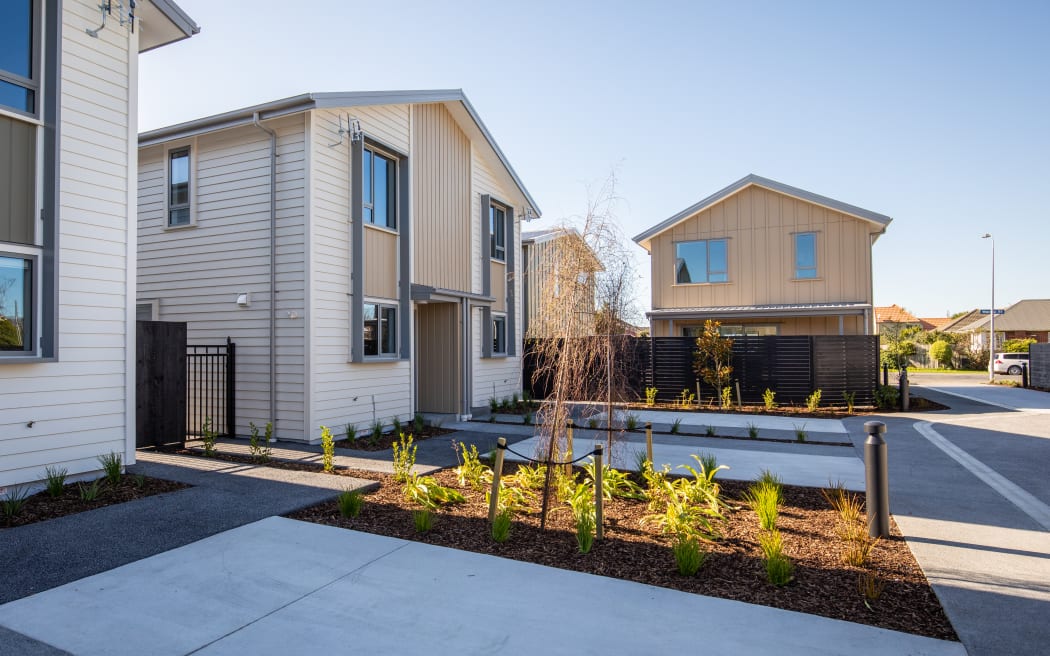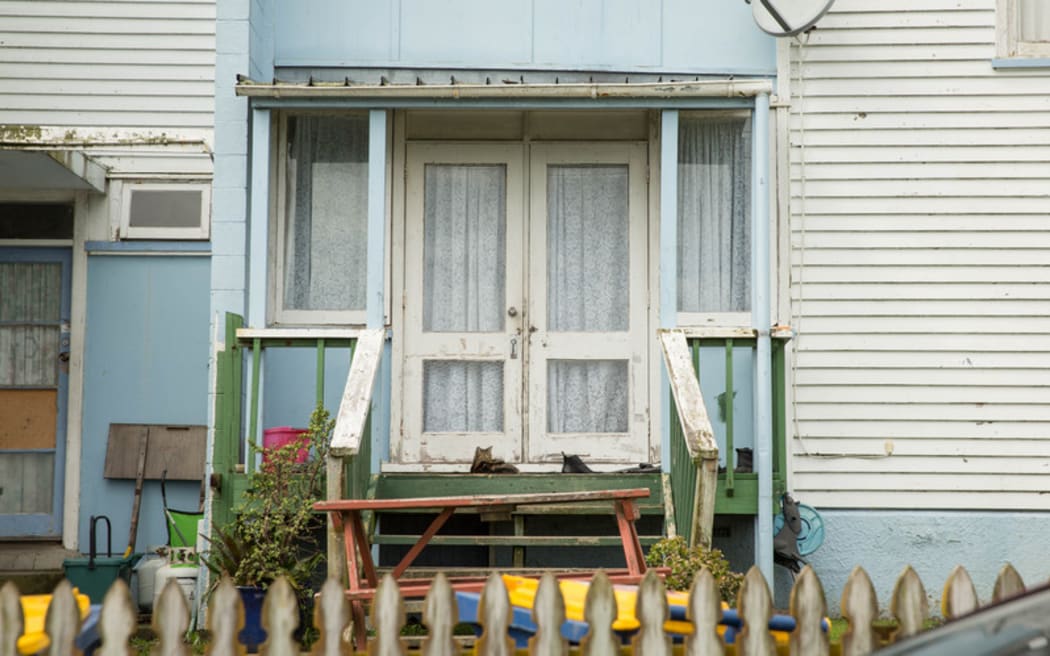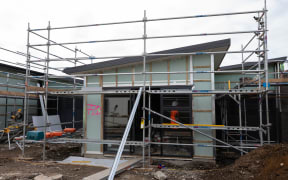
New figures show in August last year, there were 1733 empty homes which could be tenanted - about 2.4 percent of the total stock. (file image) Photo: RNZ / Nate McKinnon
The number of Kāinga Ora homes sitting empty is on its way down, after the housing minister penned a stern letter telling the agency to fill them urgently.
Chris Bishop wrote to Kāinga Ora's board in January, after The Post's Erin Gourley reported it had thousands of vacant properties late last year, despite a growing waitlist for social housing.
That represented about 5 percent of the total social housing stock, which was "completely unacceptable", Bishop said.
But Kāinga Ora central deputy chief executive Daniel Soughtton said the number of vacant, ready-to-let homes had "generally been trending downwards".
The agency recently changed the way it counts vacancies so it is more accurate, as previous numbers included homes being redeveloped, retrofitted, or disposed of - which were actually not able to be lived in.
Its new figures show in August last year, there were 1733 empty homes which could be tenanted - about 2.4 percent of the total stock. That had dropped to 1188 by the end of March, which is 1.65 percent of the total stock.
Of those homes, 163 were newly built that month, 650 were classed as 'ready to let', and 375 were undergoing minor repairs, and would soon be ready for people to move in.
"Because the number of homes under repair and the number of homes coming into service does vary from month-to-month, there will always be small fluctuations in the data, which is why we focus on the long-term trend," Soughtton said.
"We are confident we will continue to see vacant home numbers continue to decline long-term, although it [is] important to note that there will always be a level of vacancies."

Previous data reporting included homes being redeveloped, retrofitted, or disposed of - which were actually not able to be lived in. (file image) Photo: RNZ / Cole Eastham-Farrelly
Vacancies could be due to turnover in tenancies, newly built homes being delivered and becoming ready to occupy, and homes being held for customers with specific needs, he said.
"Acknowledging these factors, we expect a prudent level of vacancies to be, on average, around 1.5 to 2 percent going forward.
"However, when delivery of newly constructed social housing is at a peak, we may briefly exceed that target."
Since the minister's letter, the agency had made an effort to get people into vacant homes faster, including working more closely with Ministry of Social Development staff, who know housing register applicants and can help match them to homes, introducing group viewings and sign-ups where multiple customers view homes at once, and putting extra resource in areas where a high number of new homes are being delivered.
The agency was also improving maintenance processes to ensure repairs are completed as quickly as possible, reducing the time a home is vacant between tenancies.
It could not say how long some of the vacant homes had been empty due to the reporting changes, but it was "working to rectify this".
Bishop said he was pleased to see the numbers trending down.
"My expectation, which I expressed very clearly to Kāinga Ora earlier this year, is that vacant homes are not to be left sitting empty for a day longer than absolutely necessary," he said.
"I recognise that there will be instances where, for valid reasons such as essential maintenance or repairs, homes need to be vacant for a short period of time.
"However, especially while we have thousands of families in emergency housing motels and the social housing waitlist is at record-high levels, I expect Kāinga Ora to be working to fill every vacant home as a matter of urgency."






